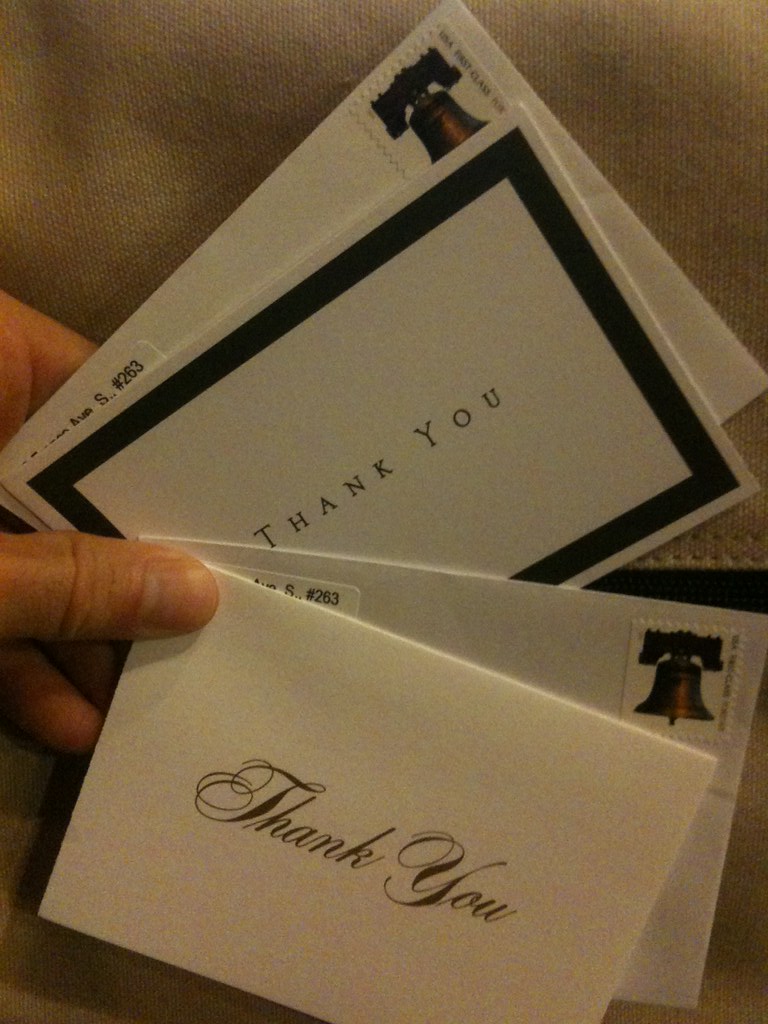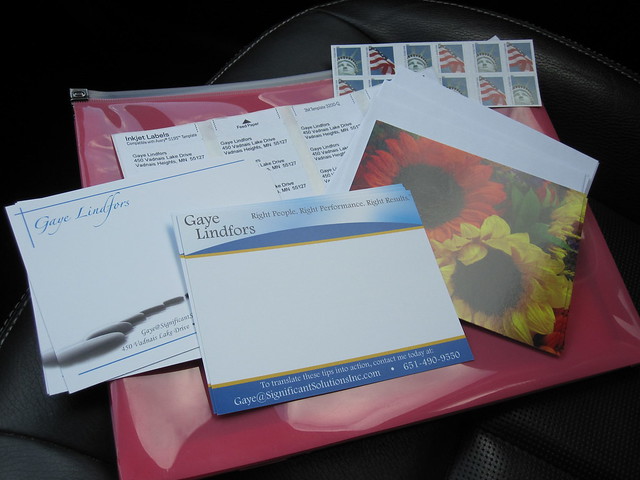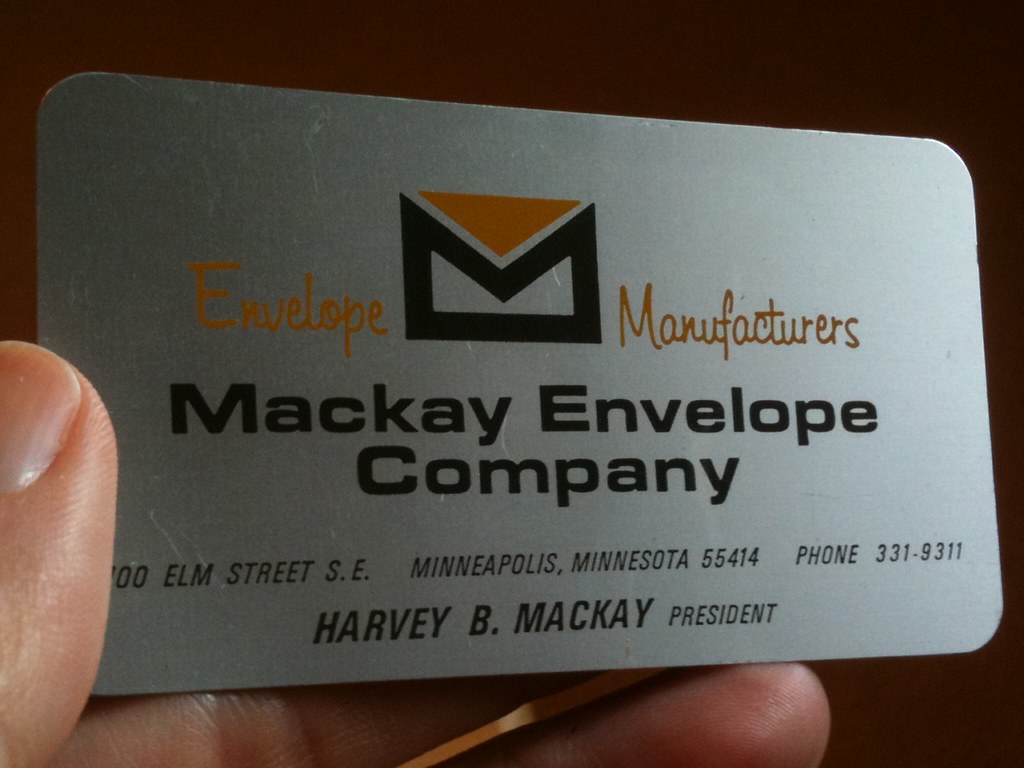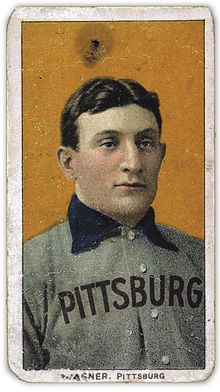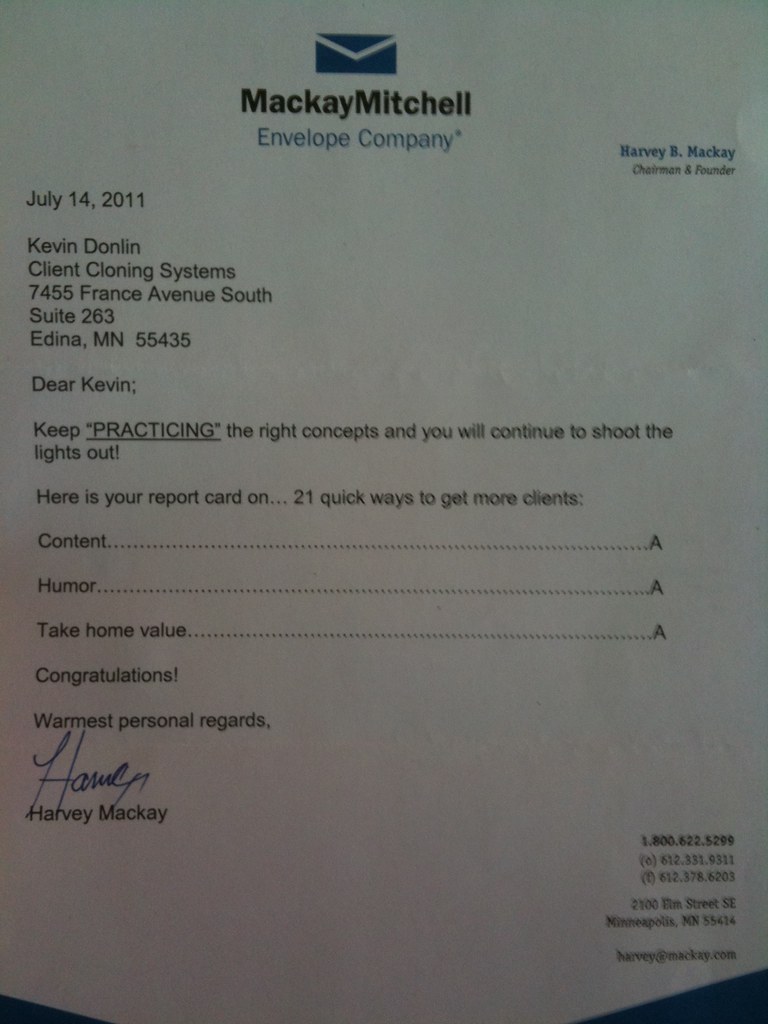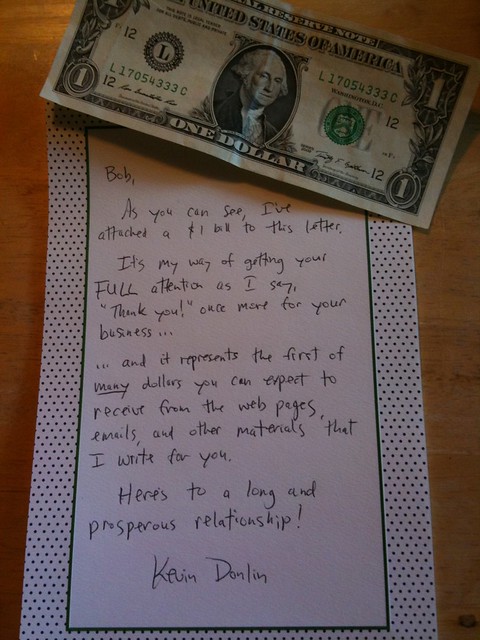About 20% of what you do to promote your business produces 80% of your profits, give or take. Most things you do to promote your business are a waste of time and money.
Don't believe me?
Look at your calendar for last week. How many hours of effort produced real profits?
I'll wait ...
Okay. You're probably peeved right now, but relax. There's a $10-million silver lining to all this.
Because, if 80% of what you're doing to promote your business is a waste of time and money, that means you have plenty of time and money to redeploy into the high-value, 20% activities that are already producing the bulk of your profits.
In other words, you can boost your profits fairly rapidly -- and predictably -- by doing more of what really makes you money in the time you now waste doing what doesn't.
Want to see a $10-million example of this?
Look at Plenty of Fish, the renegade Canadian dating web site first profiled by Inc. magazine in 2009.
The sub-headline to the story tells you all you need to know about his 80/20 success:
"Markus Frind works one hour a day and brings in $10 million a year. How does he do it? He keeps things simple."
The entire story is well worth your read, but here are the highlights and takeaway lessons you can use:
Five years ago, [Frind] started Plenty of Fish with no money, no plan, and scant knowledge of how to build a Web business. Today, according to the research firm Hitwise, his creation is the largest dating website in the U.S. and quite possibly the world.Bottom line: by doing only the vital few things that make him money, Markus Frind can ignore the trivial many things that don’t.
Until 2007, Frind had a staff of exactly zero. Today, he employs just three customer service workers, who check for spam and delete nude images from the Plenty of Fish website while Frind handles everything else.
And make no mistake -- those trivial 80% matters are clamoring non-stop for his attention (and yours):
Frind is aware of his site's flaws but isn't eager to fix them. "There's no point in making trivial adjustments," he says. Frind's approach -- and the reason he spends so little time actually working -- is to do no harm.Frind's 80/20 Marketing success puts him at the top of the food chain, where he can look down and laugh at Groupon, Yahoo, and other complex, labor-intensive businesses that don’t throw off a fraction of the profit per employee that his elegant little operation does.
His success formula is simple. Do what makes you money. Drop or delegate the rest.
So, what makes money for Frind and Plenty of Fish?
Here are 3 of the biggest keys to his 80/20 Marketing success ...
1) Get noticed
"Frind knew little about search-engine optimization or online advertising, but he was a quick study. From March to November 2003, his site expanded from 40 members to 10,000."
The more people who found Plenty of Fish in Google, the more he profited from the ads running on his site. More users attracted more advertisers, in a virtuous circle that caused his profits to skyrocket.
Question: What are you doing today to REALLY get your business noticed?
2) Deliver an outstanding user experience
In a 2006 interview with Web Publishing, Frind says:
"I suppose that the biggest issue has always been performance, In order handle 14-15 million pageviews a day on 4 servers you have to constantly tweak the database, as execution paths etc change as the database grows and load increases."
How do you know you're delivering an experience people want? Test.
"There is no magic bullet, but you should always test new designs or new text etc to get the result that you want. You will never have the worst design and never the best, but through testing you can always improve."
Get that? The more dates his site found for users, the more users found his site -- through word of mouth and media coverage.
That means you need to test your web pages, phone scripts, emails -- everything you do or say to prospects and clients.
Question: What are you testing today?
3) Keep things simple
According to the Inc. interview:
Amazingly, Frind has set up his company so that doing everything else amounts to doing almost nothing at all. "I usually accomplish everything in the first hour," he says, before pausing for a moment to think this over. "Actually, in the first 10 or 15 minutes."
Frind has kept his staff small by design--he has only three employees, who handle customer service--and he personally works only about an hour a day.
In another 2006 interview with the Affiliate Blog, Frind said: "As humans one of our biggest weaknesses is becoming obsessed with what is not important. We spend 90% of our time on that little 5% -- and that is why so many of us fail."
Lean is lovely. You can build a business that satisfies clients and pays you back handsomely. But only if you're willing to say No to at least 80% of the possible demands on your time and money, especially in marketing.
Question: What can you stop doing today, to simplify your business?
You can do this. Perhaps not to the extent Markus Frind has, but you can boost your profits today by ruthlessly cutting out the trivial demands on your time and marketing dollars, and replacing them with what really works.
Of course, you can't know what works until you examine your QuickBooks reports, client database, or other data.
That's an advantage Frind had. He's a software programmer first and a marketer second. By obsessively focusing on his numbers -- web visitors per day, the sources of those visits, the performance of his database, etc. -- he instinctively did more of what made him money.
Good news: You don't have to be a techno whiz or get 1 million visits to your web site to make 80/20 Marketing work.
Let's say you're an insurance agent, for example ...
Find out which clients make you the most profit (the 20%) and which don't (the 80%).
Double up on whatever you did to find the vital 20% of your clients. Advertise where you advertised, network where you networked, say what you said, etc.
Meanwhile, ignore or delegate the 80% of clients who demand the bulk of your time and energy, yet deliver only a fraction of your overall profits. Whatever you did to get these clients, stop doing that.
By doing this, you free up time, money, and energy to devote to cloning the vital few 20% of clients who really matter. You do this by delivering an outstanding experience (to delight them and stimulate referrals) and by keeping things simple (to further delight clients and to preserve your own time and energy).
I did all of this on a smaller scale than Frind in 2005, when I created a $2.1-million revenue stream for my own one-man business. And I show people how to copy that 80/20 Marketing story here.
Bio: Kevin Donlin can help you grow your business and enjoy the breakthrough results your hard work deserves. If you're interested in boosting your revenues and profits, please click here.






